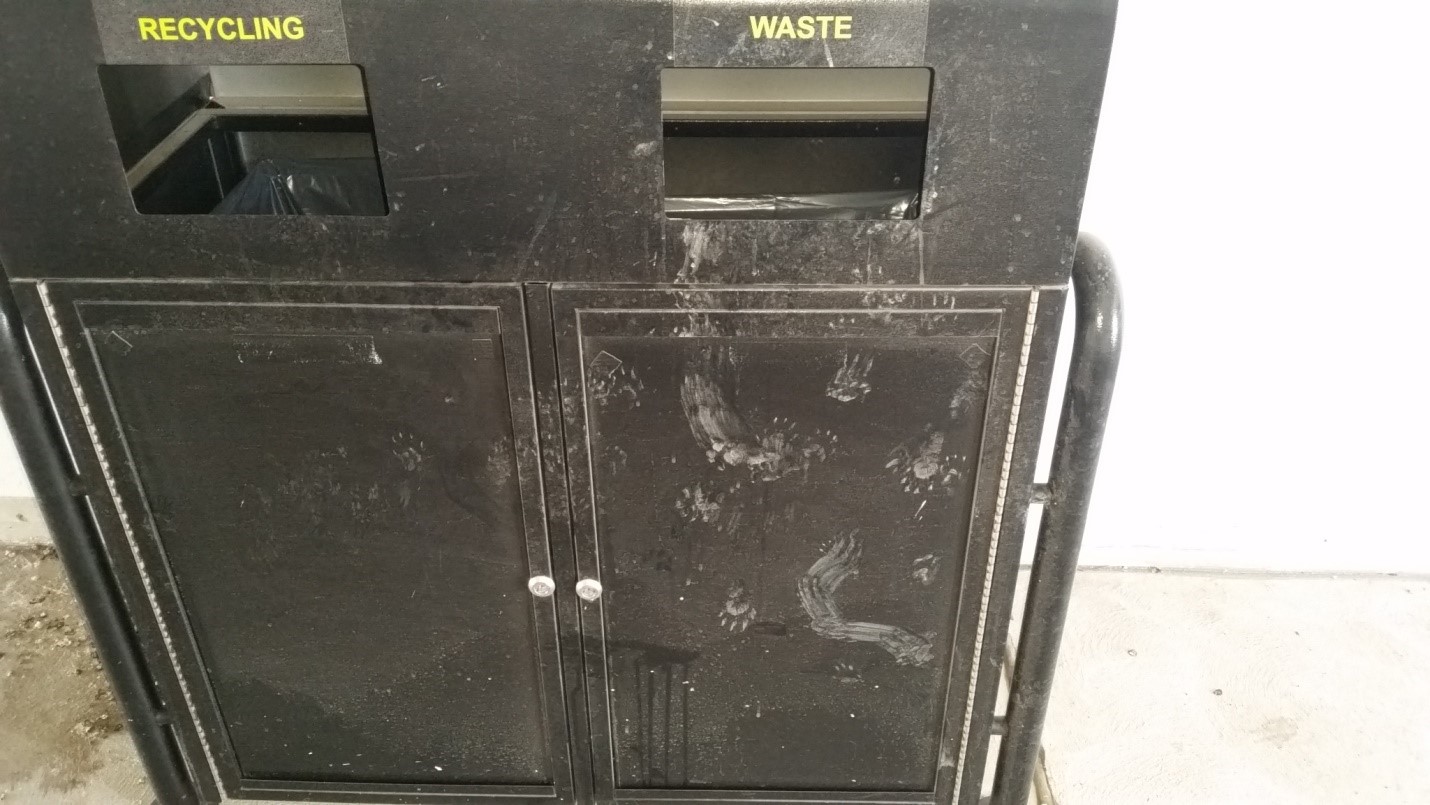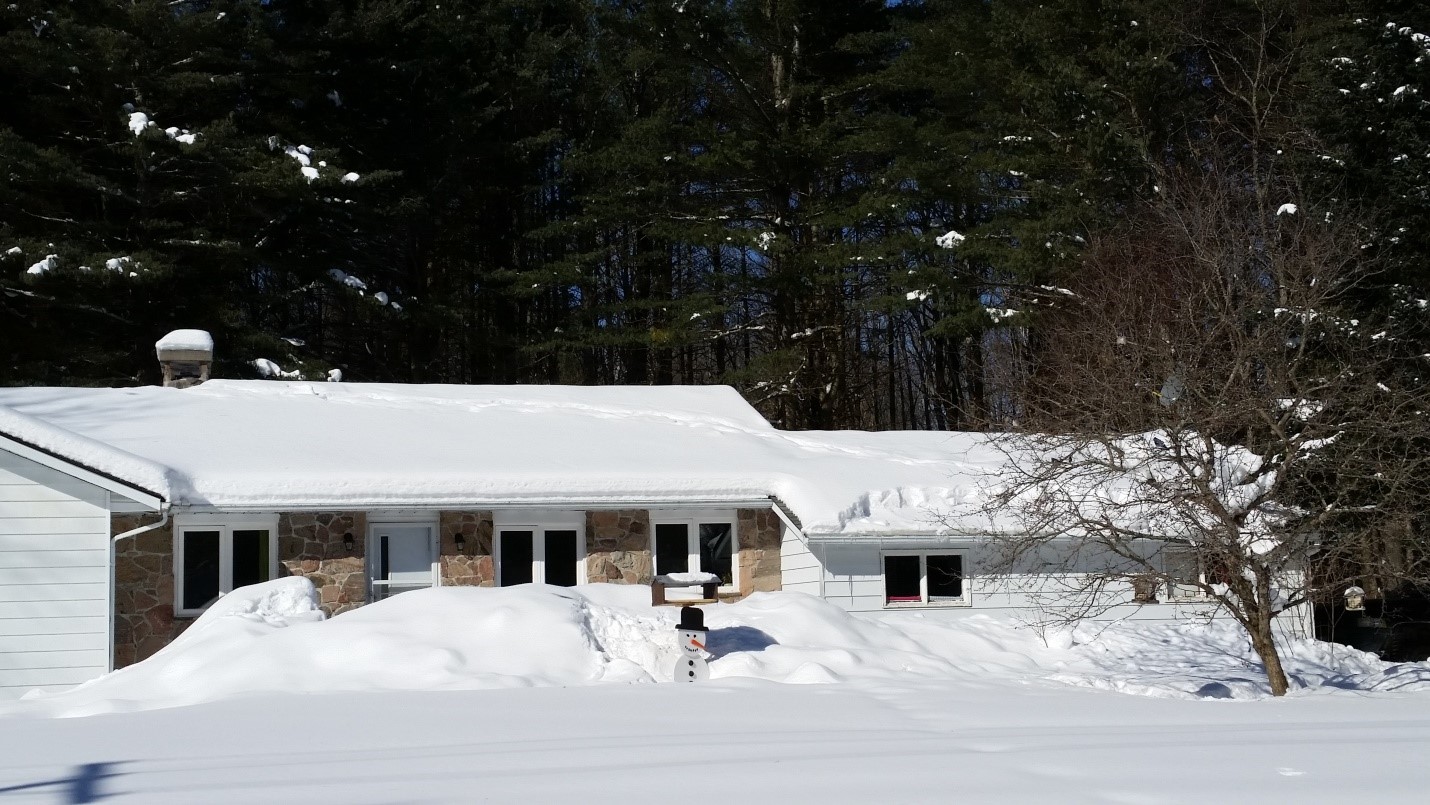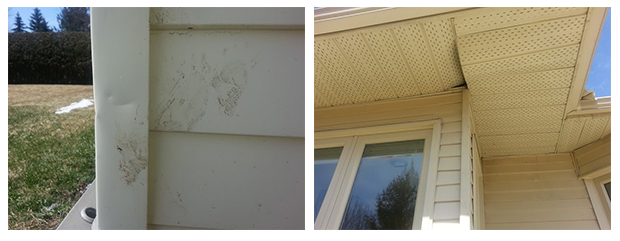What Do Racoon Tracks Look Like in the Snow
You may never have thought of yourself as a tracker but, sometimes it can be the best way to determine wildlife problems. But, first it's important to know how to differentiate between the types of tracks left behind by the wildlife in your community. Raccoons are common urban pests and can quickly become a problem for homeowner. Recognizing their tracks can help you monitor activity around your home.
Raccoon tracks
Raccoon paws actually look similar to a human's hand. They have five toes on both their front and back feet. They also have long fingers that are dexterous which enable them to open latches, untie knots, turn doorknobs and even open jars. They look like a small person's hand, but with claws at the end of each finger.
They have no distinct thumb. Both outside fingers are similar in length and size. Most of the time the pattern of their tracks alternates between the larger back foot and smaller front foot. Hind feet are sized anywhere from 5 to 10 cm long and measure 3.5 to 7.5 cm wide. Their front feet are approximately 4 to 8 cm long and 4 to 7 cm wide.

Muddy raccoon paw prints around a garbage container.
Where tracks are found
In the wild tracks are normally found near water. Mud is the easiest place to imprint tracks. So, the mud surrounding wet areas are optimal locations to identify raccoon tracks. Back feet are always sunk deeper due to the hind end being heavier.
Raccoons don't hibernate. So you might also see tracks in the snow. As wildlife control professionals we will often follow raccoon tracks on a roof to help identify where they are entering an attic.

We used these tracks in the snow to follow the raccoons' path from the evergreen tree they use to get onto the roof to the chimney they live in on the left.
Muddy tracks can be spotted on different surfaces. There will be smeared markings on soffits or siding where raccoons are trying to determine whether they can climb that surface. Also, muddy footprints might be found on your roof. Raccoons can climb downspouts and overhanging trees. They're attracted to warm air escaping from vents or openings in the roof or soffit.

These raccoons were able to use their nimble hands to shimmy up the corner of this house and create an opening into the soffit.
Other signs of raccoons
Often regular raccoon sightings are a great hint they're denning somewhere on your property. When rubbing against objects raccoons leave stains or markings. Discovering raccoon droppings is a direct notification they're on your property. They'll only go to the bathroom in certain places called a latrines.
How to get rid of raccoons
- Keep a clean yard free of overhanging branches.
- Maintain garbage areas with locking containers.
- Seal all holes and cracks on the outer walls of your home.
- Call a professional wildlife removal specialist.
Waterloo animal removal
Raccoons can quickly become a nuisance for homeowners and cost you thousands in property damage. Keep an eye out for tracks around your property to help identify raccoon activity.
If you suspect raccoons are living inside your home or attic then be sure to call Skedaddle Humane Wildlife Control. Our technicians have the skill and knowledge needed to humanely remove raccoons from your home and we back our work with a lifetime guarantee.
Call today! – 1-888-592-0387
![]() Loading...
Loading...
What Do Racoon Tracks Look Like in the Snow
Source: https://www.skedaddlewildlife.com/blog/what-do-raccoon-tracks-look-like/
0 Response to "What Do Racoon Tracks Look Like in the Snow"
Post a Comment